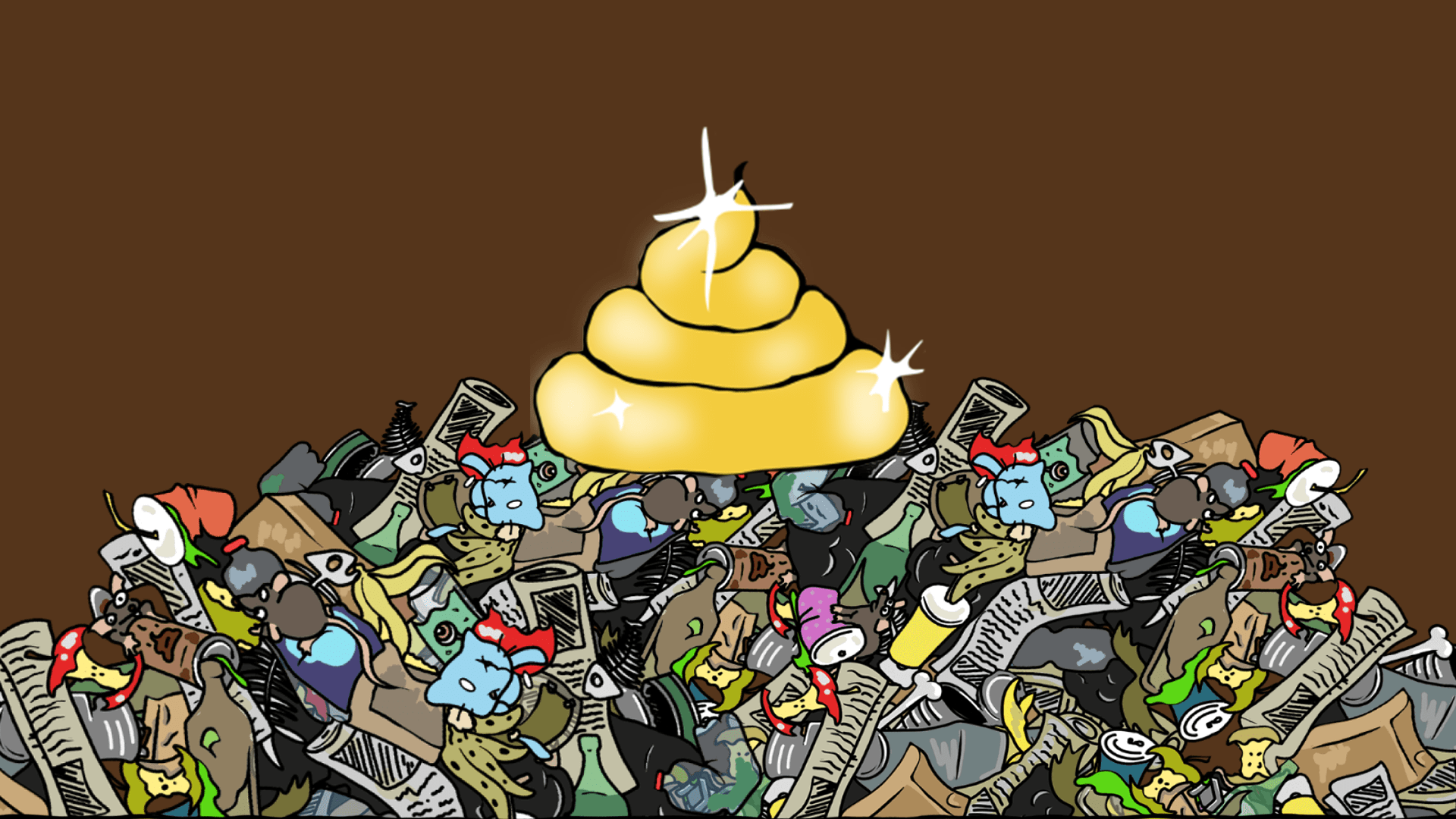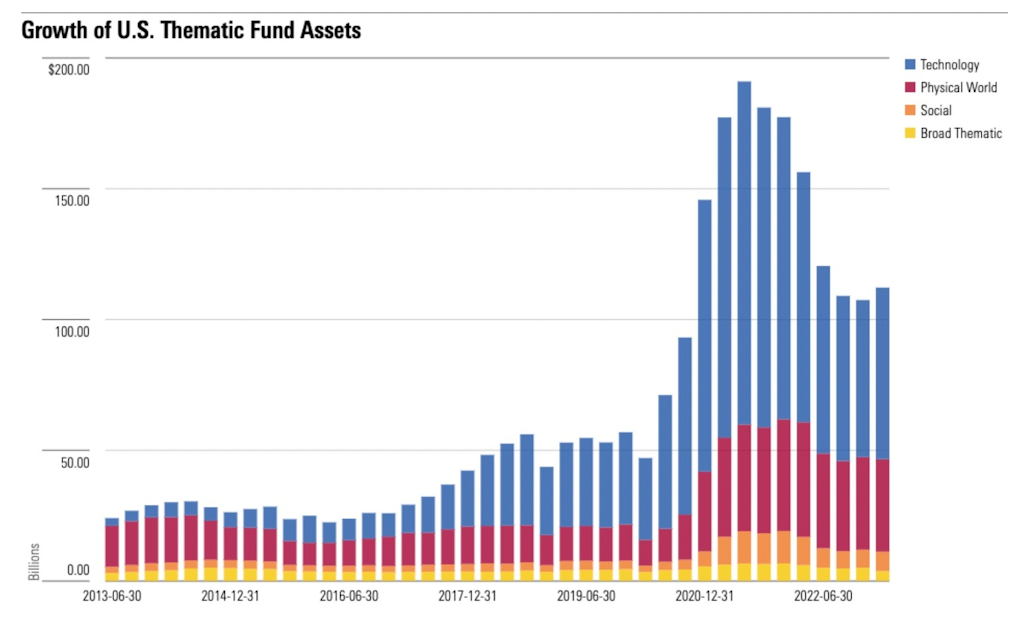From Ceramic Tiles to Generative NFTs: Art Blocks Founder’s Origin Story
by James · August 3, 2022

Erick Calderon, aka “Snowfrog,” shot forward a year ago as the creator of NFT generative art platform Art Blocks. But his journey to crypto was a roundabout one.
After nearly a decade working in the ceramic tile company he founded with his father, Calderon first heard about Bitcoin from his brother in 2013. “He mentioned something about mining Bitcoin with memory sticks, but that it was getting too late to mine with a memory stick,” Calderon said on the latest episode of Decrypthis gm podcast. “And I think, ‘That sounds like it would have been really cool to know that a year ago.’
Fast forward a few years, and Calderon read an article about Bitcoin that struck a chord — and in a defining moment: “I’ve felt the world is on fire for a very long time, and I’m starting to trust less and less,” Calderon said. Consumed by a “crazy desire” to own exactly one full Bitcoin by the end of 2016, he accomplished his goal “right at midnight” on New Year’s Eve – after having “a few drinks”.
But that’s when he discovered Ethereum and its smart contracts that “My brain literally exploded,” he shared Decrypt.
Calderon experimented with smart contracts, creating a time-locked gift of Ethereum for a friend’s baby that wouldn’t be opened until she turned 18. “I thought, ‘Either this is going to be worth a piece of gum, or it’s going to be worth a house,'” he said.
After NFT collection CryptoPunks launched in 2017, “it all clicked.” Since then, Calderon said, “I’ve spent way more time than any human should in the NFT space.”
Table of Contents
ToggleBuilding art blocks
That led him to create the generative art platform Art Blocks. NFT artwork produced on the platform, including the Fidenza series and the iconic Chromie Squiggle, have sold for millions of dollars — an explosive growth trajectory Calderon said Decrypt “felt unreasonable” even though it was exciting.
“Art Blocks was a hobby, I never expected it to turn into what it is today,” he said. “I’m not someone who has been financially driven in my life.”
Calderon told Decrypt he feels that the current valuation of NFT technology in relation to the underlying art is skewed.
“I think during the madness of last year, maybe 60% to 70% of the value of NFT was attributed and assigned to the technology that is NFT, and maybe 30% was the value of the content,” he said. “To me, it shouldn’t be more than 5%.”
He also believes that we may soon stop using the “NFT” jargon altogether. “I spent a week in Basel, Switzerland a couple of weeks ago, and I made a very conscious point not to use the term NFT — to use ‘blockchain-powered art’ or just ‘art’ for the most part,” he said.
Generative communities
More exciting to Calderon is the technology used to produce generative artwork. “The product-market fit of generative art is just so beautiful,” he said. “An artist can, with one act, produce a thousand, ten thousand—one day a million—independent, unique, individual works of art, without having to do it manually.”
Where a single artist cannot produce tens of thousands of individual paintings in a lifetime, he said, generative art “makes it possible to exist,” allowing an artist to define a set of rules under which the art is created.
This in turn means that communities can be formed around art, he said. “At a time when an artist is an early riser, it completely democratizes access to art because it’s usually not extremely expensive to acquire art from that artist.”
In the future, he predicts, generative manufacturing will be commonplace. “Your coffee table will not be the same as your neighbor’s coffee table, even if you buy it from the same place.”
As for the future of NFTs, Calderon expects them to branch out beyond art. “NFT art or crypto-powered art, blockchain art, was the lowest friction use of the concept of a non-fungible token,” he said. “It’s the easiest thing for the world to wrap their brains around and understand.” Finally, he said, “your loan will be on a blockchain, the title to your home will be on a blockchain.”
And—to bring things full circle—Calderon’s tile company will be there to decorate it. “I spent the first 18 professional years of my life on it,” he said. “And I’m actually still in the room now, although unfortunately I get to dedicate zero time to that business. It’s still working, it’s still running, and it’s still part of my process of getting here.”
Stay up to date on crypto news, get daily updates in your inbox.
Related posts:
- ‘Crypto Star’ Immutable, Creator of NFT Game Gods Unchained, Lays Off Over 20 Employees
- Quik.com is creating the future of the internet with NFT domains
- Onessus Unveils Operation Instinct Engine & Battleground NFTs by DailyCoin
- Dubai Police Launches Second Collection of NFTs – Nearly 23 Million Show Interest in First Collection – Metaverse Bitcoin News
























